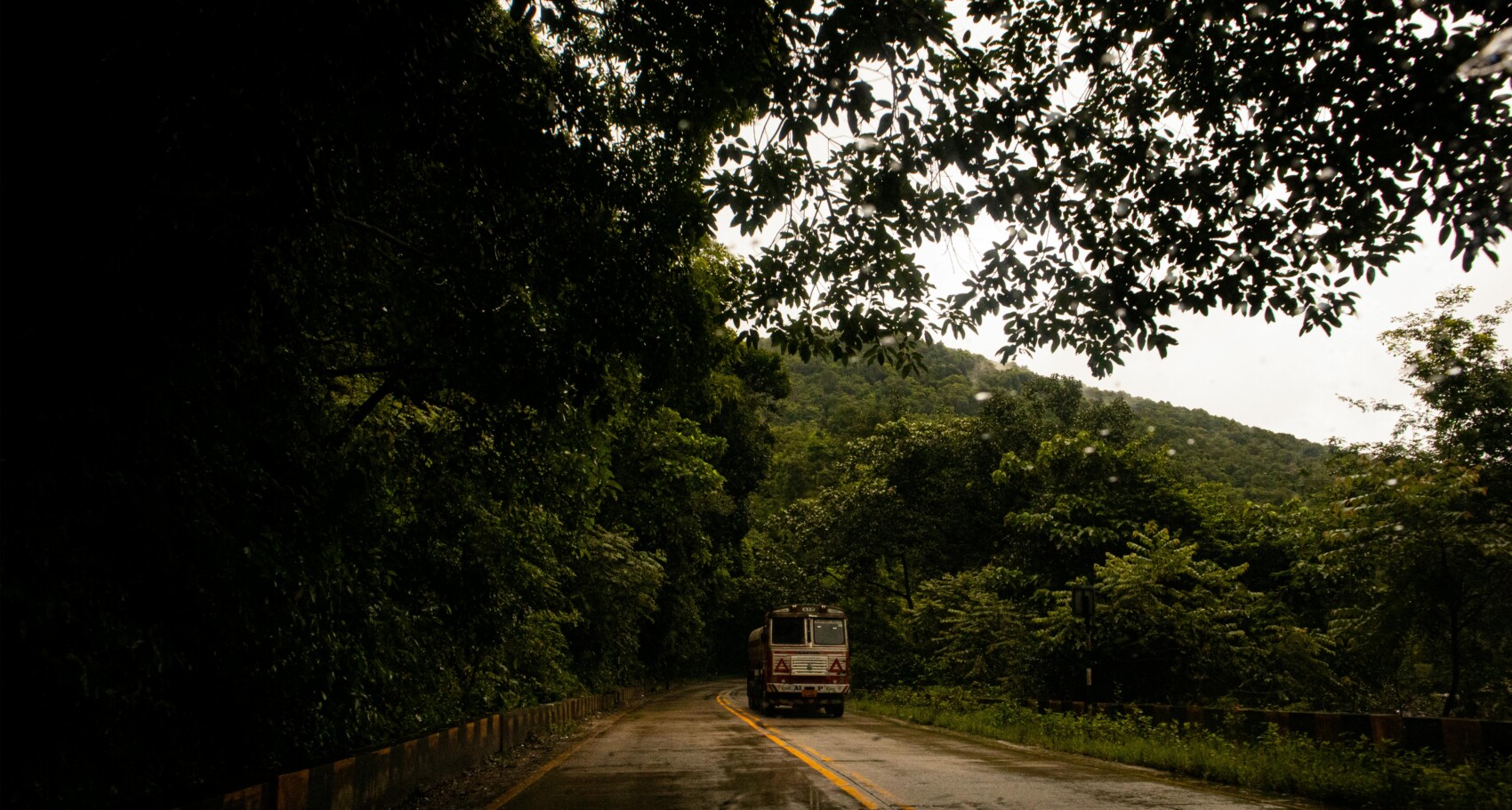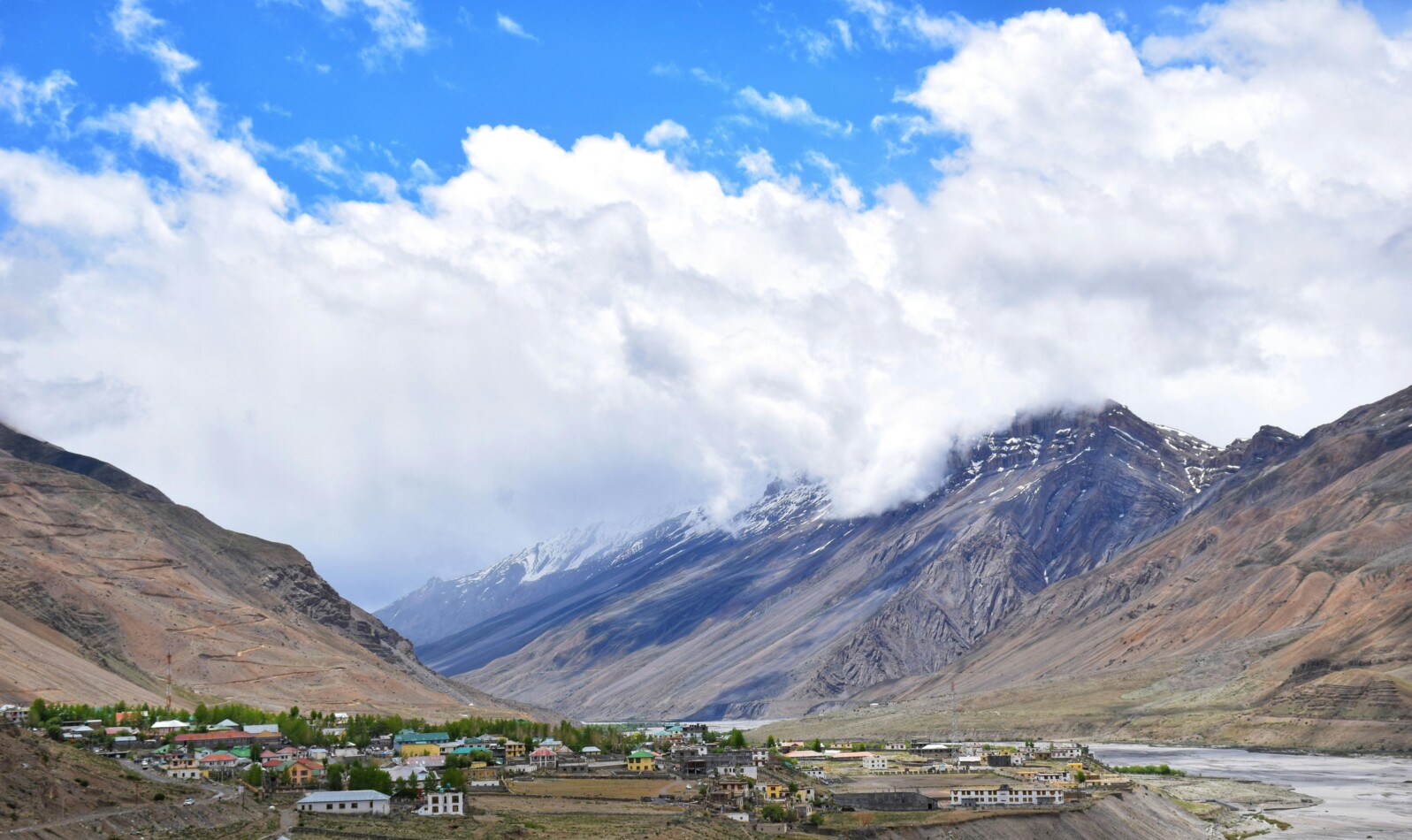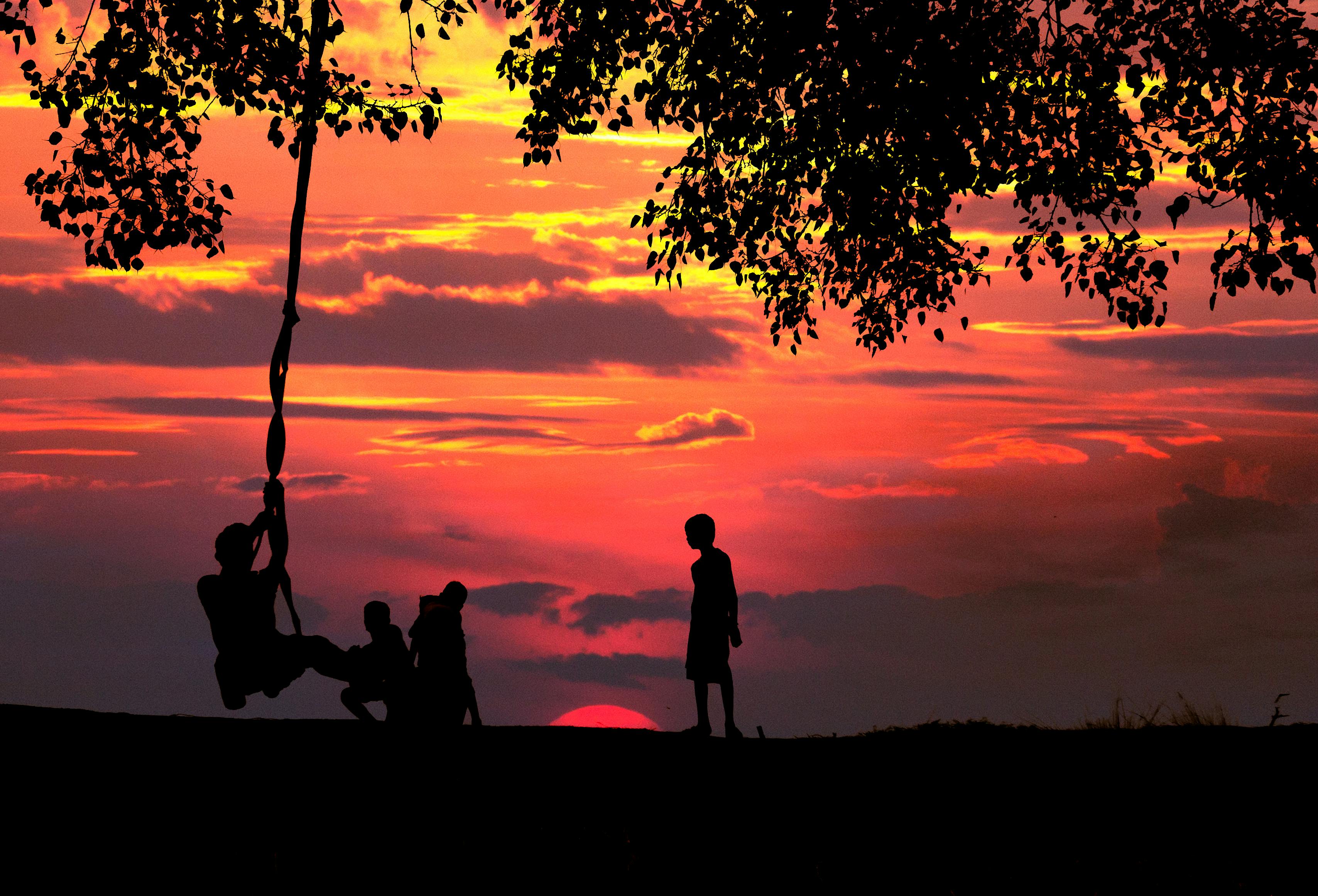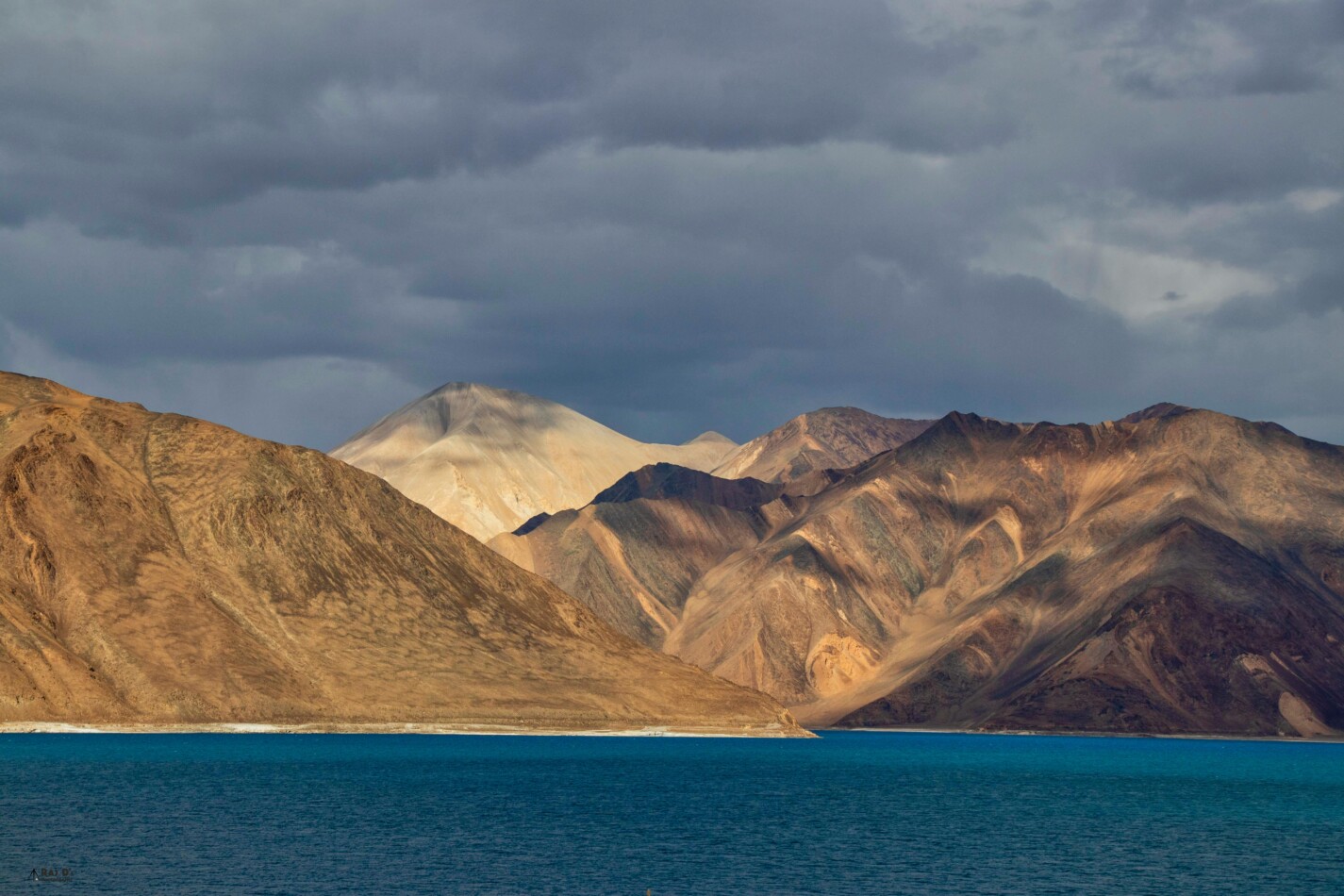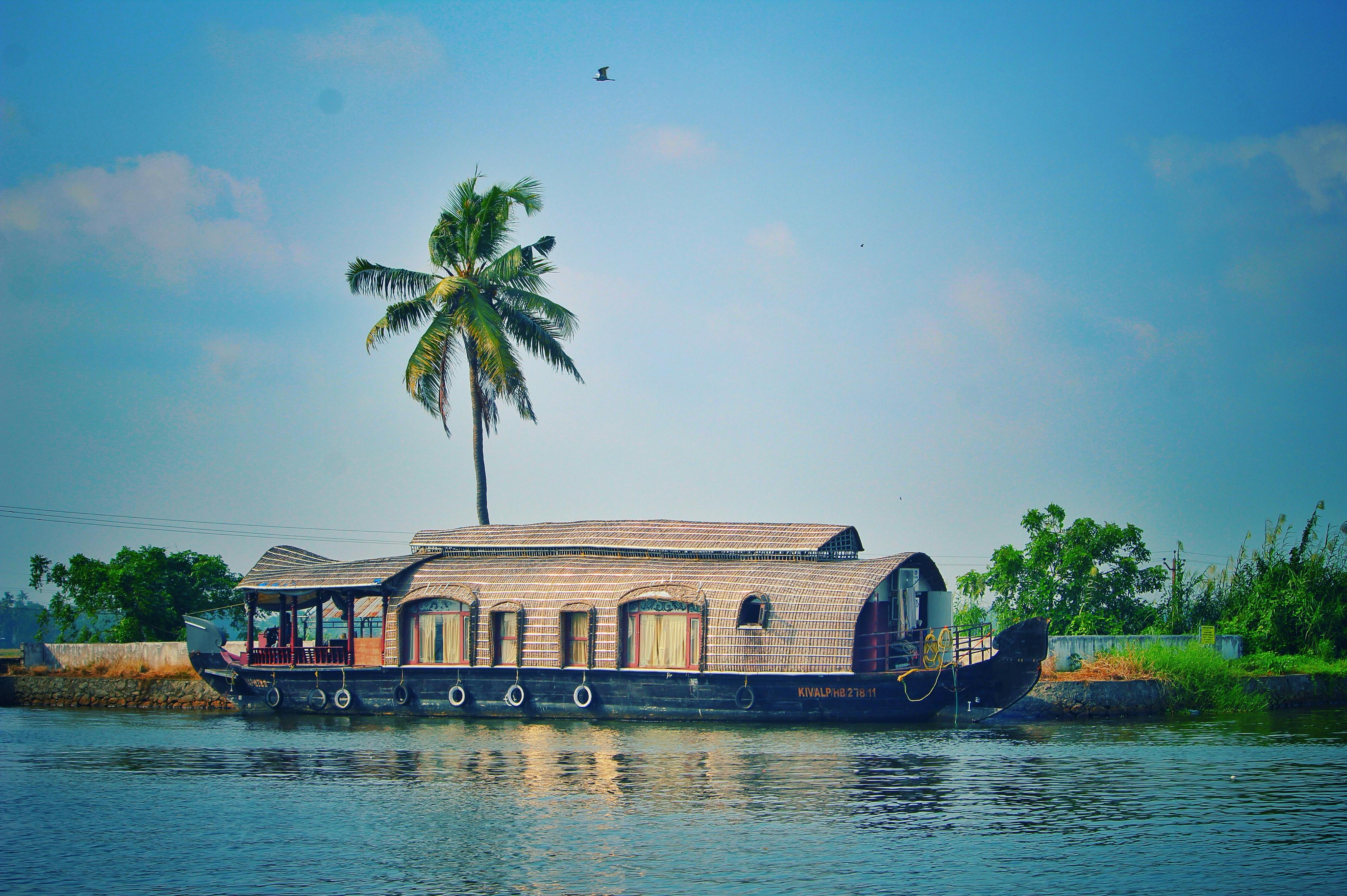Top 10 Places to Celebrate New Year 2025 in Delhi NCR: The Ultimate Guide
As 2025 approaches, Delhi NCR is brimming with exciting events, parties, and celebrations to welcome the New Year in style. Whether you’re looking for a lavish party, a vibrant street celebration, or a cozy family gathering, the capital region has something for everyone. In this guide, we’ll explore the top places in Delhi NCR to ring in the New Year with fun, laughter, and unforgettable moments.
1. Connaught Place – The Heart of Delhi’s New Year Celebrations
Connaught Place (CP) is always a hotspot for New Year celebrations. The area is known for its upscale restaurants, pubs, and clubs that host extravagant parties. From live music to international DJs, CP offers an electric atmosphere. The streets are filled with revelers, making it an ideal place to enjoy fireworks and indulge in some late-night shopping.
2. The Leela Palace, Chanakyapuri
For a luxurious New Year celebration, The Leela Palace in Chanakyapuri is a perfect choice. With a grand gala dinner, live performances, and an elegant setting, it offers an unforgettable experience. Whether you want to enjoy a lavish buffet or dance the night away, this 5-star hotel is the epitome of sophistication.
3. Kingdom of Dreams, Gurgaon
If you’re looking for a full-fledged entertainment experience, head to the Kingdom of Dreams in Gurgaon. Known for its spectacular Broadway-style performances, the venue offers a unique way to celebrate New Year’s Eve. Enjoy live musical performances, drama, and theatrical shows before stepping into 2025.
4. Aerocity – The New Hub for New Year’s Parties
Aerocity, located near the Indira Gandhi International Airport, has quickly become a major entertainment hub in Delhi NCR. This area features a mix of modern lounges, bars, and nightclubs that host New Year’s Eve parties with live bands, DJs, and themed events. Aerocity’s vibrant nightlife ensures an electrifying start to the New Year.
5. Hard Rock Café, Saket
For those who love rock music and a lively environment, Hard Rock Café in Saket is a must-visit on New Year’s Eve. Known for its electrifying ambiance and live performances, it is the perfect venue to celebrate with friends while enjoying a mix of great music, food, and drinks.
6. Pragati Maidan – New Year’s Eve Celebrations
For those who prefer large, open-air celebrations, Pragati Maidan offers some of the biggest New Year’s Eve parties in Delhi NCR. With high-energy music, impressive light shows, and food stalls offering a wide variety of cuisines, it’s an excellent option for families and groups.
7. Bikaner House, India Gate
Bikaner House near India Gate offers a unique and cultural twist to the New Year celebrations. Known for its elegant décor and serene environment, it hosts intimate and sophisticated events. If you’re looking for a traditional yet classy celebration with a touch of history, this is the place to be.
8. The Westin, Gurgaon
If you’re seeking a perfect blend of luxury and relaxation, The Westin in Gurgaon offers one of the most exclusive New Year’s Eve experiences. With its upscale dining options, amazing views, and curated parties, it’s the ideal spot for a refined and memorable celebration.
9. Dilli Haat – New Year Street Festivities
For a more traditional and cultural way to ring in the New Year, Dilli Haat is an excellent option. This open-air market offers performances by local artists, traditional dance shows, and food from all across India. The relaxed environment allows you to experience Delhi’s vibrant culture while celebrating with family or friends.
10. Sky Lounge, Noida
Perched atop one of Noida’s tallest buildings, Sky Lounge offers stunning panoramic views of the city, making it a perfect spot to witness fireworks and enjoy the night. This rooftop bar and lounge offer live DJ performances, gourmet food, and a fantastic atmosphere to dance the night away.
Conclusion:
Delhi NCR offers a wide variety of places to celebrate New Year 2025, from extravagant hotel galas to lively street parties. Whether you prefer a luxurious experience, a cultural celebration, or a night full of music and dancing, the capital has it all. Make sure to plan ahead and book your tickets early to enjoy the best of what Delhi NCR has to offer this New Year!
Read more

